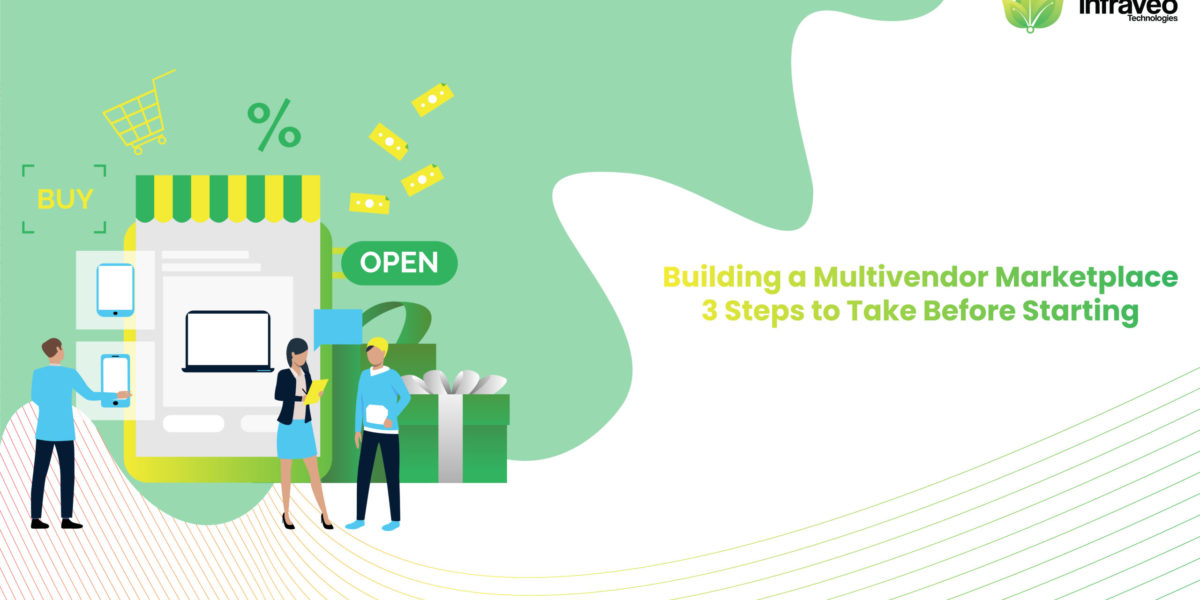The future of learning is no longer a classroom! Technology has changed every traditional custom. Now, everything lies under the swipe of a finger. Demand for technology in different business sectors is ever-rising. Education is no exception, especially after the pandemic. A survey by techjury.net projects that 81% of college students agreed that an eLearning application helped them to improve their grades. Furthermore, the market for eLearning is expected to grow 250% by 2026. Therefore, it will not be wrong to conclude that eLearning applications will replace traditional classrooms.
How can organizations benefit from it? By creating a custom eLearning application to avail this opportunity of reaping profits untapped. However, developing and scaling an eLearning application when there are dozens of substitutes available is not a walk in the park. An organization needs an application that stands out from others in terms of performance, flexibility, and efficiency.
Let us discuss the key points that can differentiate your eLearning application in this blog.
Remove the complications of remembering passwords for your application too.
A user uses more than 30 applications that require setting passwords on his/her device. Adding one more to the list will only make things tedious. A single sign-on (SSO) feature will come as a savior here. It is a process whereby a user can access multiple applications (or courses, in this case) by providing just one username and password.
It’s a big step ahead in terms of user experience, as it allows users to log in to multiple courses using the same credentials. Also, it provides an added layer of security and convenience for users because they don’t have to remember multiple logins and passwords anymore.
A user using your custom eLearning platform for years may have thousands of courses in their account. If you want them to be able to access all those courses from one login, then you should deploy an SSO solution.
Allow users to test their learnings.
It is not possible to scale an application without reconsidering the needs of the audience, that is to upgrade their skills. For instance, if a business owner wants to make more money, the selected course should include ways to increase profits and not just another thing on top of everything else.
To make sure that your learners are learning and fully engaged in what they are learning from your custom eLearning platform, it is recommended that you provide them with interactive exercises at the end of each lesson or module for them to practice what they have learned during the session. This way they get better at applying their newly acquired skills by practicing them on their own time away from your classroom or office setting which will help them retain what they learned more effectively and efficiently over time as they apply it in real-life situations as well!
The built-in reporting feature is more important than ever.
Reporting is an ongoing process that gives room for continuous development and improvement. Users are more likely to use an eLearning application if it offers deep insights into their areas of strengths and weaknesses as it helps them track their journey to meet outcome goals and objectives.
Dashboards are an effective way to deploy this feature. However, remember to keep its UI/UX simple. It must include users’ performance on each assessment or module along with some aggregate information like average scores per learner or course. This will help them analyze where they need more help.
Interaction is the key to standing out.
An eLearning application should be as interactive as a traditional classroom. The theory behind this concept is simple if learners do not interact, they will not learn. When an interaction is initiated among students, the whole process of learning becomes open, social, and collaborative. Encouraging users to ask questions and discuss topics of interest will lead to a better understanding of the content and make for a more enjoyable experience for all involved.
Never let your learners think that they know all.
By leveraging AI bots, suggest related courses to users based on their behavior patterns and previous performance. This means that users can access different resources that will help them in achieving their goals more efficiently. Offering personalization is an important aspect of eLearning applications. It helps in making learners feel special and engaged with your course material. It also increases retention rates.
For example, if a user has completed a course on website development but hasn’t gone through any other modules yet. Then an AI bot will be able to suggest other related courses or modules which are recommended for them.
The Bottomline
In today’s competitive world, people are striving for improvement and a way to upgrade their skills. It is the right time to build an eLearning application. But before getting started, make sure to answer the following questions:
- What are the requirements of your users? What is their experience with eLearning? How can you benefit them by providing a unique solution in this growing industry?
- Do you plan on scaling and managing the development of your application? If yes, how big is your budget and how long will it take to build?
- How will you monetize your app?
Once you have figured out an answer to these questions, it is now the time to bring your ideas to life. Hire a dedicated and passionate team of developers from a trusted source.
Remember, the eLearning Application Market is booming, don’t miss a chance to scale up.




